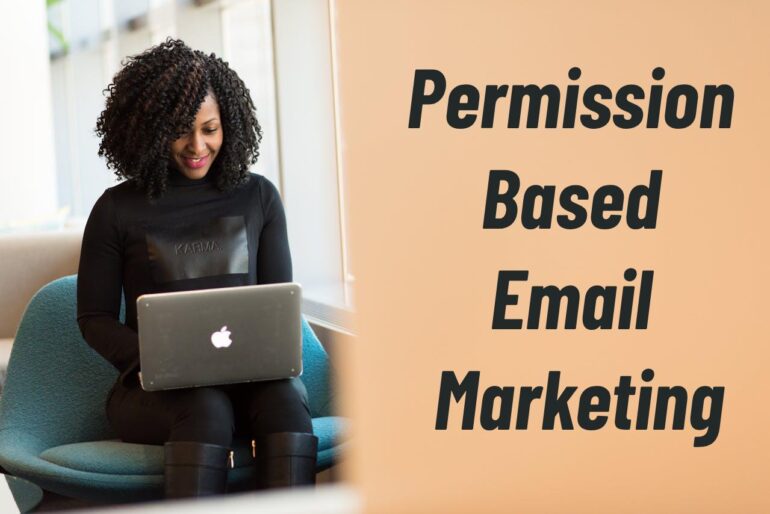Table of Contents
Did you know that email marketing boasts an average ROI of $42 for every $1 spent? For insurance agencies, that’s a powerful number. But are you truly maximizing your email marketing strategy? It’s more than just sending out automated quotes. Let’s dive into how you can build a high-performing email marketing system that brings in new clients and keeps your existing ones happy in 2025.
Building a Powerful Email Marketing System for Your Insurance Agency
Think of email marketing as your agency’s digital handshake. It’s a consistent touchpoint that can nurture leads, solidify relationships, and ultimately drive sales. Here’s a step-by-step guide to creating an email marketing strategy that works for you.
Step 1: Define Your Target Audience
Before you even think about crafting your first email, you need to know who you’re talking to. Who are your ideal clients? What are their needs, concerns, and pain points? Segmenting your audience based on demographics, policy types, or customer lifecycle stage will allow you to send more relevant and personalized emails. For example, a new homeowner might be interested in homeowner’s insurance, while a retiree might be more focused on Medicare supplement plans.
Step 2: Build Your Email List (The Right Way)
Forget buying lists! That’s a one-way ticket to the spam folder. Focus on organic growth by offering valuable content in exchange for email addresses. This could be a free e-book on “5 Ways to Save on Your Car Insurance,” a downloadable checklist for preparing for hurricane season, or an invitation to a free webinar on understanding health insurance options. Make sure your sign-up forms are visible on your website, social media pages, and even in your office.
Offer valuable incentives: Ebooks, guides, checklists, webinars.
Use signup forms on your website and social media.Promote your list through social media campaigns.Comply with all data privacy regulations (GDPR, CCPA).
Step 3: Choose the Right Email Marketing Platform
There are countless email marketing platforms available, each with its own set of features and pricing. Some popular options include Mailchimp, Constant Contact, and ActiveCampaign. Consider factors like ease of use, automation capabilities, segmentation options, and reporting features when making your decision. Most platforms offer free trials, so take advantage of those to test out different options before committing.
Step 4: Craft Compelling Email Content
Your emails need to grab attention and provide value. Avoid generic, sales-focused messages. Instead, focus on educating and informing your audience. Share helpful tips, answer common questions, and provide updates on industry trends.
Use a clear and concise subject line.Personalize your emails whenever possible.Write in a conversational tone.Include a clear call to action.Use visuals to break up the text.
Step 5: Automate Your Email Marketing
Automation is key to saving time and maximizing results. Set up automated email sequences for new subscribers, policy renewals, and customer onboarding. This allows you to nurture leads and provide a consistent level of service without having to manually send each email.
Welcome emails for new subscribersRenewal remindersOnboarding sequences for new clientsLead nurturing sequences based on user behavior
Step 6: Track Your Results and Optimize
Don’t just send out emails and hope for the best. Track your open rates, click-through rates, and conversion rates. Use this data to identify what’s working and what’s not. Experiment with different subject lines, content, and calls to action to improve your results. A/B testing can be a powerful tool for optimizing your campaigns.
Common Email Marketing Mistakes to Avoid
Even with the best intentions, it’s easy to make mistakes that can hurt your email marketing efforts. Here are some common pitfalls to avoid:
Buying email lists: This is a surefire way to damage your reputation and get blacklisted by email providers.
Sending too many emails: Bombarding your subscribers with too many emails will lead to unsubscribes.
Not segmenting your audience: Sending the same email to everyone on your list is a missed opportunity to personalize your messaging.
Using a “no-reply” email address: This prevents people from responding to your emails and asking questions.
Ignoring mobile users: Make sure your emails are mobile-friendly, as many people read their emails on their smartphones.
Essential Email Marketing Tools for Insurance Agencies
Here’s a quick look at some of the most popular email marketing platforms and their key features:
| Platform | Key Features | Pricing |
|---|---|---|
| Mailchimp | User-friendly interface, automation, segmentation, A/B testing | Free plan available, paid plans start at $13/month |
| Constant Contact | Easy to use, event marketing tools, social media integration | Plans start at $9.99/month |
| ActiveCampaign | Advanced automation, CRM integration, personalized messaging | Plans start at $9/month |
| ConvertKit | Designed for creators, email automation, landing pages, email sequences | Free plan available, paid plans start at $29/month |
| GetResponse | Webinar platform, landing page builder, automation workflows | Plans start at $15.58/month |
Expert Insights on Email Marketing for Insurance Agencies
“The key to successful email marketing is to provide value to your subscribers,” says John Smith, a marketing consultant specializing in the insurance industry. “Focus on building relationships and establishing yourself as a trusted advisor, not just pushing sales.”
Furthermore, according to a recent study by HubSpot, personalized emails deliver 6x higher transaction rates. Remember to tailor your message to your audience.
Key Takeaways
Segment your audience to send targeted emails.
Focus on providing value to your subscribers.
Automate your email marketing to save time and improve efficiency.
Track your results and optimize your campaigns.
Avoid common mistakes like buying email lists and ignoring mobile users.
Frequently Asked Questions (FAQs)
Q: How often should I send emails to my subscribers?
A: It depends on your audience and the type of content you’re sending. A good starting point is to send emails once or twice a week. But always monitor your engagement metrics and adjust accordingly.
Q: What kind of content should I include in my emails?
A: Focus on providing valuable content that is relevant to your audience’s needs and interests. This could include helpful tips, industry news, case studies, or special offers.
Q: How can I improve my email open rates?
A: Write compelling subject lines that grab attention and create a sense of urgency. Also, make sure your emails are sent from a recognizable sender name and address.
Q: How can I prevent my emails from going to the spam folder?
A: Avoid using spam trigger words in your subject lines and email body. Also, make sure your emails are properly authenticated and that you have a good sender reputation.
Q: What is the best way to track my email marketing results?
A: Use the reporting features provided by your email marketing platform. Track metrics like open rates, click-through rates, and conversion rates.
Recommendations and Next Steps
Email marketing is a continuous process. It is not set it and forget it. Now that you have a good grasp of building a successful email marketing system for your insurance agency, the next step is to put it into practice. Start by defining your target audience, building your email list, and creating compelling content.
For more insights on customer service and its impact on client relationships, check out this article from Forbes. You can also explore strategies for digital transformation in insurance at McKinsey’s website.
Finally, remember to stay up-to-date on the latest email marketing trends and best practices. Email marketing trends change as quickly as the tech industry, so staying on top of the new tools and methods will put you ahead of competitors. Most importantly, continually test and optimize your campaigns to maximize your results.
Ready to take your insurance agency’s email marketing to the next level? Start today by signing up for a free trial with one of the email marketing platforms mentioned above!

















